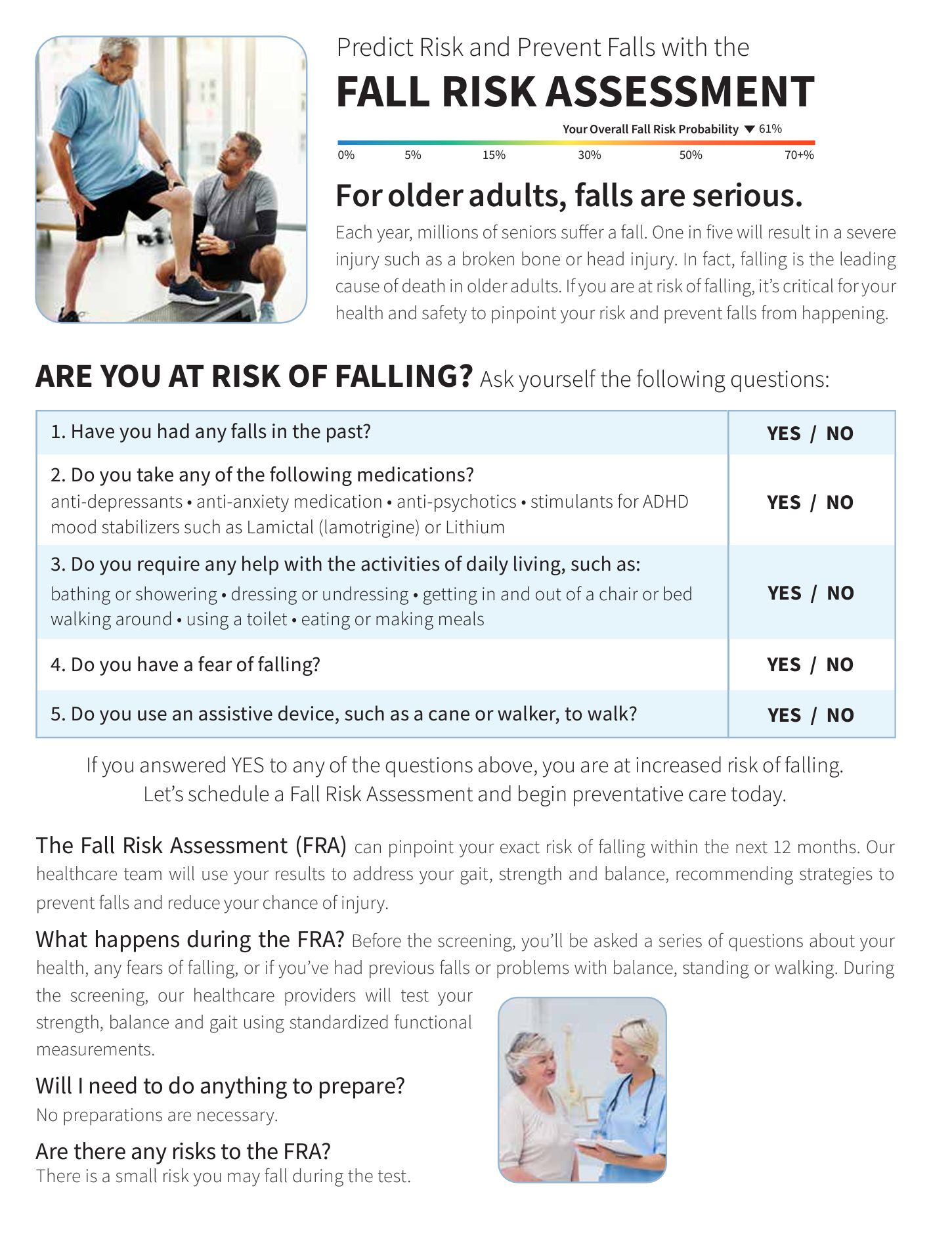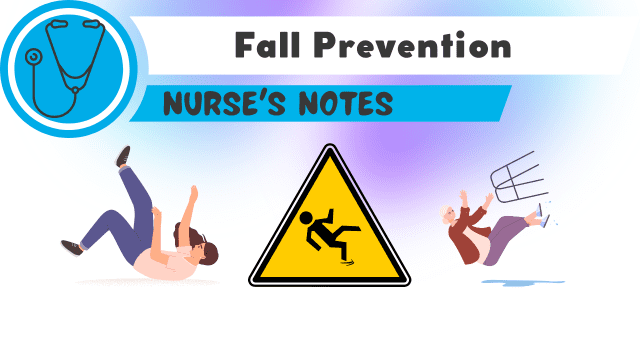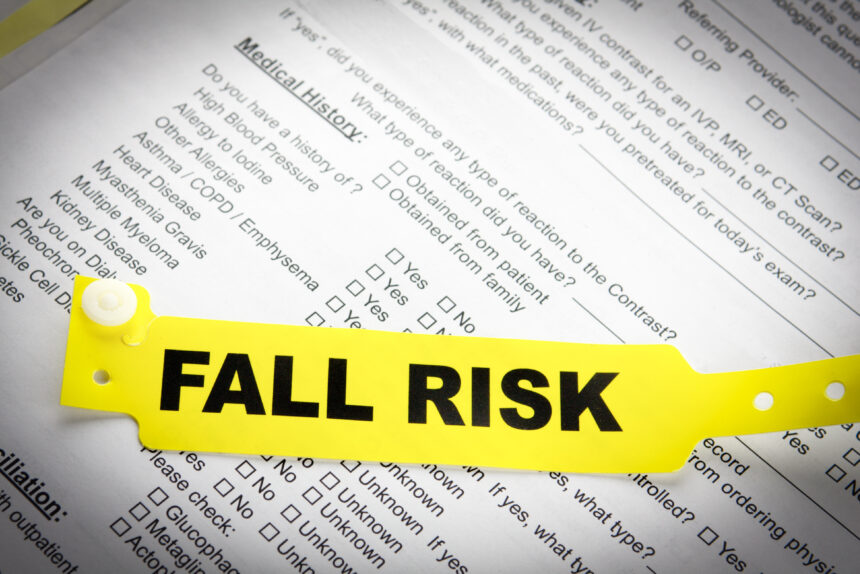Get This Report about Dementia Fall Risk
Get This Report about Dementia Fall Risk
Blog Article
The Only Guide to Dementia Fall Risk
Table of ContentsTop Guidelines Of Dementia Fall RiskDementia Fall Risk Can Be Fun For EveryoneDementia Fall Risk Things To Know Before You Get ThisExamine This Report about Dementia Fall Risk
A loss danger analysis checks to see how likely it is that you will drop. The analysis normally includes: This consists of a collection of inquiries regarding your total health and if you've had previous falls or troubles with balance, standing, and/or walking.STEADI includes screening, evaluating, and intervention. Interventions are referrals that may minimize your danger of dropping. STEADI includes three steps: you for your danger of falling for your threat variables that can be boosted to try to avoid drops (for instance, balance problems, impaired vision) to reduce your danger of falling by using reliable approaches (for instance, supplying education and resources), you may be asked several questions consisting of: Have you fallen in the previous year? Do you feel unstable when standing or walking? Are you stressed over falling?, your provider will check your toughness, equilibrium, and stride, using the following autumn assessment devices: This examination checks your stride.
If it takes you 12 seconds or more, it might suggest you are at higher danger for a loss. This test checks strength and equilibrium.
Move one foot halfway ahead, so the instep is touching the large toe of your other foot. Move one foot completely in front of the other, so the toes are touching the heel of your other foot.
Fascination About Dementia Fall Risk
Most falls occur as an outcome of numerous contributing aspects; therefore, managing the threat of falling begins with determining the factors that add to drop threat - Dementia Fall Risk. A few of one of the most pertinent threat elements consist of: Background of previous fallsChronic clinical conditionsAcute illnessImpaired stride and balance, reduced extremity weaknessCognitive impairmentChanges in visionCertain risky medicines and polypharmacyEnvironmental aspects can likewise enhance the risk for drops, consisting of: Poor lightingUneven or harmed flooringWet or unsafe floorsMissing or damaged handrails and get barsDamaged or improperly equipped equipment, such as beds, wheelchairs, or walkersImproper use of assistive devicesInadequate supervision of the people residing in the NF, consisting of those that exhibit hostile behaviorsA effective fall risk management program needs a thorough professional analysis, with input from all participants of the interdisciplinary team

The treatment plan should additionally include treatments that are system-based, such as those that promote a risk-free setting (ideal lighting, handrails, get bars, and so on). The efficiency of the interventions must be reviewed regularly, and the treatment plan revised as needed to reflect changes in the autumn risk evaluation. Carrying out an autumn threat management system using evidence-based best technique can decrease the frequency of falls in the NF, while limiting the possibility for fall-related injuries.
The 20-Second Trick For Dementia Fall Risk
The AGS/BGS guideline advises screening all adults matured 65 years and older for autumn threat every year. This screening consists of asking patients whether they have dropped 2 or even more times in the previous year or sought clinical attention for an autumn, or, if they have actually not fallen, whether they feel unstable when walking.
People who have actually dropped once without injury ought to have their equilibrium and stride reviewed; those with gait or equilibrium problems need to receive extra evaluation. A history of 1 autumn without injury and without stride or equilibrium problems does not necessitate additional analysis past ongoing yearly autumn risk testing. Dementia Fall Risk. A fall threat evaluation is called for as component of the Welcome to Medicare assessment

Fascination About Dementia Fall Risk
Recording a falls history is just one of the quality signs for fall prevention and management. A vital component of risk evaluation is a medicine review. Several courses of medicines boost loss risk (Table 2). Psychoactive medicines in certain are independent predictors of falls. These drugs have a tendency to be sedating, modify the sensorium, and impair balance and gait.
Postural hypotension can often be eased by reducing the dose of blood pressurelowering medications and/or stopping medicines that have orthostatic hypotension as an adverse effects. Usage of above-the-knee support hose pipe and sleeping with the head of the bed boosted may also decrease postural reductions in high blood pressure. The preferred components of a find out here fall-focused checkup are received Box 1.

A Pull time greater than or equal to 12 secs suggests high loss danger. Being unable to stand up from a chair of knee elevation without using one's arms shows enhanced loss danger.
Report this page